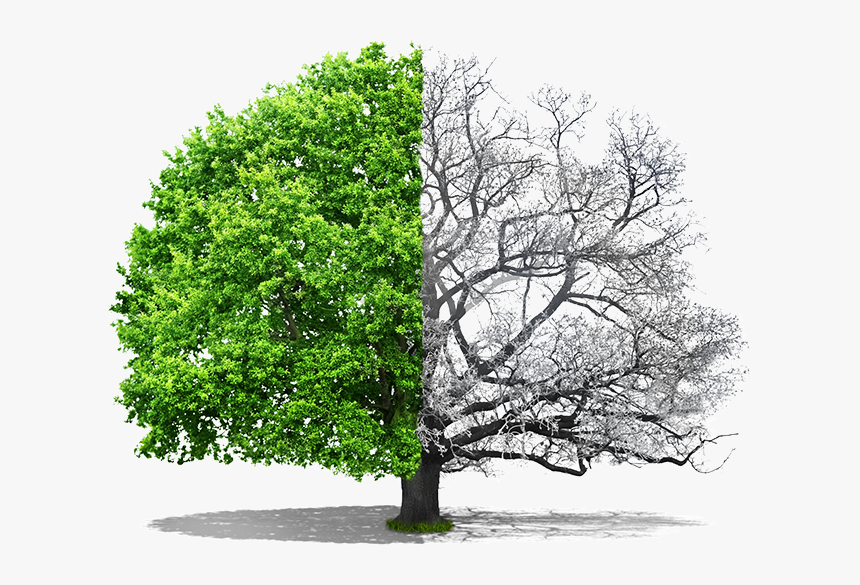How To Save A Dying Tree? You’re unlucky. Trees rarely become ill. They can fend off diseases, insect infestation, and extreme weather conditions. However, you might have tricks up your sleeve. Listed below are a few tips for restoring your tree’s health. Hopefully, you’ll find one that works for your situation.
Dead branches
There are several reasons to cut off dead branches from your trees. Not only do these branches not provide much oxygen and nutrients, but they can also be dangerous because they can fly into your yard or break your window if they’re not removed. The bark of a tree is similar to the skin of humans; if it’s exposed, pests and diseases can enter. Cutting off these branches will give your tree a chance to rejuvenate itself and natural nutrients to healthy components. This will prevent the tree from being attacked by insects and other pests.
Fertilizers
While many people believe that fertilizers are necessary to save trees, the truth is that they do not always do the job. Some fertilizers can be toxic to trees. You should know how to fertilize a tree. Many people buy an all-purpose fertilizer and hope for the best. While this type of fertilizer is acceptable, it may not contain enough macronutrients that trees need.
Lack of elasticity
Lack of elasticity in dying trees can be one of the most obvious signs of the end of a tree’s life. Even healthy trees retain elasticity in their trunks. Therefore, if branches and trunks show signs of decay without water logging, it could indicate the tree’s demise. In addition, a dying tree has lost its ability to fight disease, making it more vulnerable to fungi and bacteria.
Cankers
A canker is a disease caused by the fungus Cytospora chrysosperma, a slow-growing, sunken growth that can kill entire branches. The affected area can grow as large as a whole tree, depending on the stage. It will eventually cover the total area and cause a black fungus to form. The fungus lives inside the wood of the tree and is airborne. Cankers are caused by various factors, including pruning wounds, flying debris from lawn mowers, fire, or cat scratching.
Insect infestations
The best way to save dying trees from insect infestations is to prevent future damage by detecting early symptoms. If a tree owner removes infested branches, they can still be saved if it is not infected. However, if an infestation is present, a professional arborist can determine the problem and recommend the best solution for the tree.
Pruning
If a tree is dying, proper pruning can help it survive. To avoid stressing the tree, remove diseased branches and areas. In addition, the proper pruning techniques will improve airflow in the tree, preventing the spread of diseases like powdery mildew. Use a pole saw to prune tall trees easily. Before pruning, sterilize pruning tools to avoid spreading disease. Finally, make sure to follow all label instructions carefully so that you can prevent any unwanted injury to the tree.
Watering
One of the first things to revive a dying tree is to give it a good watering. This will keep the tree healthy and alive, but it may take more than one watering to revive it. To provide a tree with proper watering, you should remember that the tree roots are in the soil and use water to absorb nutrients and moisture. Watering the leaves only results in the tree rotting, so you should focus on the trunk and roots.
Pruning prevents the disease from spreading.
Among the many benefits of pruning, the act helps prevent the spread of plant diseases. It can prevent the spread of diseases by removing damaged and diseased branches. Proper pruning cuts result in new growth covering the wound. In addition, adequate pruning can prevent the spread of illness and avoid falling accidents or other property damage. If you want to learn more about the advantages of pruning, read on.













